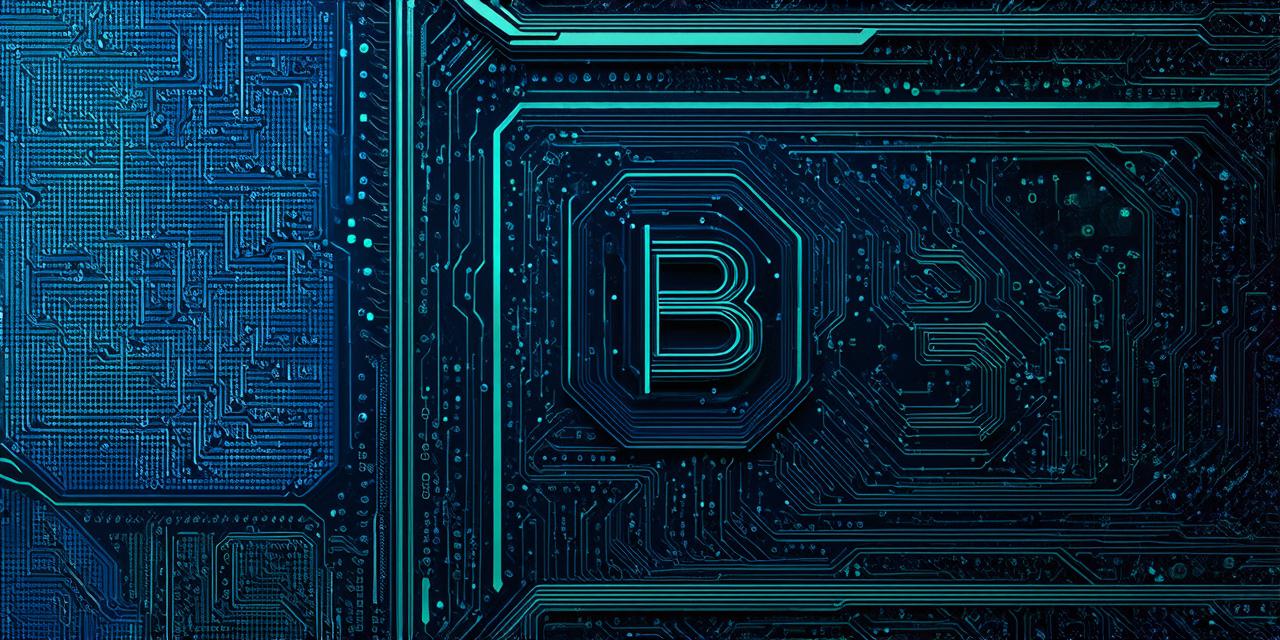What Is Blockchain Technology?

Blockchain technology is a decentralized database that records transactions in a secure and transparent manner. It allows multiple parties to access the same information without relying on a central authority, such as a government or financial institution. This makes blockchain technology ideal for applications where data needs to be tamper-proof and transparent.
One of the key features of blockchain technology is its immutability. Once a piece of data is recorded on the blockchain, it cannot be changed or deleted. This ensures that the data is trustworthy and reliable.
Blockchain technology has many applications beyond cryptocurrencies, such as supply chain management, voting systems, and identity verification. In fact, there are already many examples of blockchain being used in these areas.
What Are Crypto Assets?
Crypto assets, on the other hand, refer specifically to digital or virtual currencies that use cryptography for security. These include Bitcoin, Ethereum, and Litecoin, among others. They are decentralized, meaning they are not controlled by any central authority, such as a government or financial institution.
Unlike traditional currencies, crypto assets have no physical form. Instead, they exist as digital tokens on a blockchain network. These tokens can be used to purchase goods and services, much like traditional money.
Crypto assets are not subject to the same regulations as traditional currencies. This makes them attractive to people looking for alternative forms of currency that are not controlled by governments or financial institutions.
The Difference Between Blockchain Technology and Crypto Assets
While blockchain technology is often used in conjunction with crypto assets, they have different meanings. Blockchain technology refers to a decentralized database that records transactions in a secure and transparent manner, while crypto assets refer specifically to digital or virtual currencies that use cryptography for security.
In other words, blockchain technology can be used for many applications beyond just crypto assets. It has the potential to revolutionize many industries, from finance and healthcare to supply chain management and identity verification.
Crypto Assets Are Not Blockchain Technology
It’s important to note that crypto assets are not blockchain technology. They are simply one application of blockchain technology. The term “crypto asset” refers specifically to digital or virtual currencies that use cryptography for security. These currencies exist on a blockchain network and can be used to purchase goods and services.
However, the underlying technology that powers crypto assets is the same as the technology that powers other applications of blockchain technology, such as supply chain management and identity verification.
Case Studies in Blockchain Technology and Crypto Assets
There are many real-life examples of how blockchain technology and crypto assets have been used to solve problems in various industries. Here are a few:
- Supply Chain Management: The food industry has faced numerous challenges when it comes to supply chain management, such as counterfeit products and lack of transparency. Blockchain technology has the potential to address these challenges by providing a tamper-proof and transparent record of every step in the supply chain. For example, Walmart partnered with IBM to create a blockchain platform that tracks food from farm to store, allowing consumers to trace the origin of their food with ease.
- Identity Verification: One of the biggest challenges facing identity verification is the risk of fraud and data breaches. Blockchain technology can help address these challenges by providing a secure and decentralized database that stores identity information. This allows people to control their own identity information and prevents it from being stolen or misused. For example, Microsoft partnered with a startup called Civic to create a blockchain-based identity verification platform that allows users to securely store and manage their personal identity information.
- Healthcare: The healthcare industry has faced numerous challenges when it comes to data privacy and security. Blockchain technology can help address these challenges by providing a secure and transparent database that stores sensitive medical data. This allows healthcare providers to share patient data safely and securely, improving patient outcomes and reducing the risk of medical errors. For example, Gem partnered with IBM to create a blockchain-based platform that securely stores and shares medical records between healthcare providers.
Politiker: The text is about blockchain technology and crypto assets, not politicians.
FAQs: What Are Crypto Assets and How Do They Differ from Blockchain Technology?
Q: What are crypto assets?
A: Crypto assets refer specifically to digital or virtual currencies that use cryptography for security. These currencies exist on a blockchain network and can be used to purchase goods and services.
Q: What is blockchain technology?
A: Blockchain technology is a decentralized database that records transactions in a secure and transparent manner. It allows multiple parties to access the same information without relying on a central authority, such as a government or financial institution.
Q: Are crypto assets the same as blockchain technology?
A: No, crypto assets are just one application of blockchain technology. They refer specifically to digital or virtual currencies that use cryptography for security. The underlying technology that powers crypto assets is the same as the technology that powers other applications of blockchain technology, such as supply chain management and identity verification.
